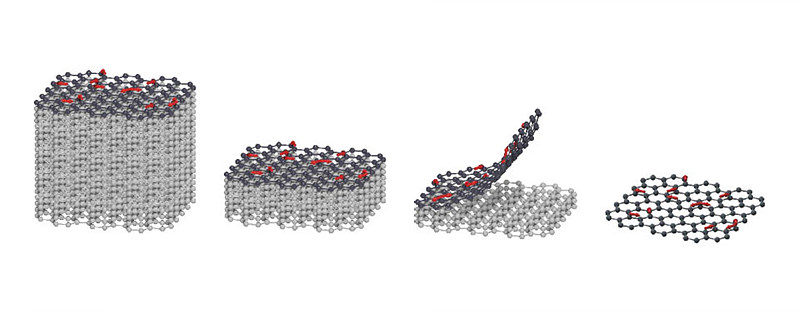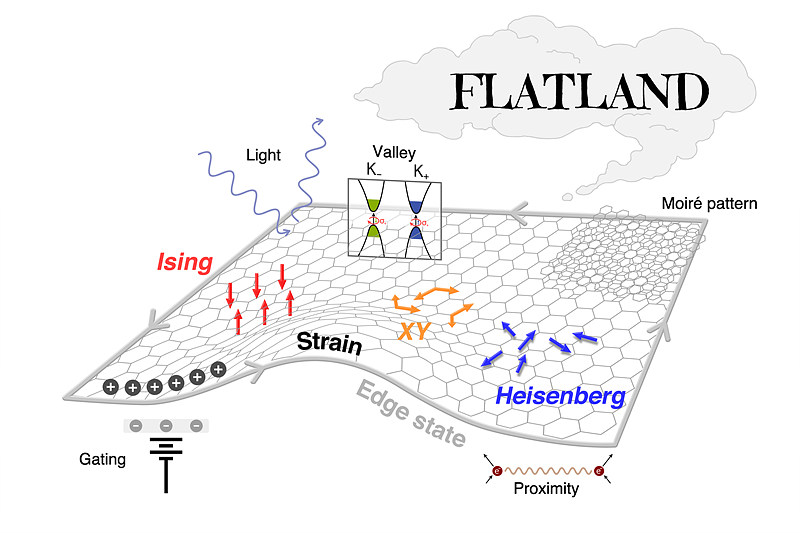주메뉴
- About IBS 연구원소개
-
Research Centers
연구단소개
- Research Outcomes
- Mathematics
- Physics
- Center for Theoretical Physics of the Universe(Particle Theory and Cosmology Group)
- Center for Theoretical Physics of the Universe(Cosmology, Gravity and Astroparticle Physics Group)
- Center for Exotic Nuclear Studies
- Center for Artificial Low Dimensional Electronic Systems
- Center for Underground Physics
- Center for Axion and Precision Physics Research
- Center for Theoretical Physics of Complex Systems
- Center for Quantum Nanoscience
- Center for Van der Waals Quantum Solids
- Chemistry
- Life Sciences
- Earth Science
- Interdisciplinary
- Institutes
- Korea Virus Research Institute
- News Center 뉴스 센터
- Career 인재초빙
- Living in Korea IBS School-UST
- IBS School 윤리경영


주메뉴
- About IBS
-
Research Centers
- Research Outcomes
- Mathematics
- Physics
- Center for Theoretical Physics of the Universe(Particle Theory and Cosmology Group)
- Center for Theoretical Physics of the Universe(Cosmology, Gravity and Astroparticle Physics Group)
- Center for Exotic Nuclear Studies
- Center for Artificial Low Dimensional Electronic Systems
- Center for Underground Physics
- Center for Axion and Precision Physics Research
- Center for Theoretical Physics of Complex Systems
- Center for Quantum Nanoscience
- Center for Van der Waals Quantum Solids
- Chemistry
- Life Sciences
- Earth Science
- Interdisciplinary
- Institutes
- Korea Virus Research Institute
- News Center
- Career
- Living in Korea
- IBS School
News Center
| Title | Flexy, Flat and Functional Magnets | ||
|---|---|---|---|
| Embargo date | 2018-11-01 03:00 | Hits | 2118 |
| Press release | |||
| att. | |||
Flexy, Flat and Functional MagnetsAn overview on the surprising features and enormous potentials of 2D magnetic van der Waals materials In the nanoworld, magnetism has proven to be truly surprising. Just a few atoms thick, magnetic 2D materials could help to satisfy scientists’ curiosities and fulfil dreams for ever-smaller post-silicon electronics. An international research team led by PARK Je-Geun at the Center for Correlated Electron Systems, within the Institute for Basic Science (IBS), has just published a Perspective Review paper in Nature. It presents the latest achievements and future potentials of 2D magnetic van der Waals (vdW) materials, which were unknown until 6 years ago and have recently attracted worldwide attention. VdW materials are made of piles of ultra-thin layers held together by weak van der Waals bonds. The success of graphene – vdW's star material – stimulated scientists to look for other 2D crystals, where layers can be changed, added or removed in order to introduce new physical properties, like magnetism.
How do materials become magnetic? You can imagine that each electron in a material acts like a tiny compass with its own north and south poles. The orientation of these "compass needles" determines the magnetization. More specifically, magnetization arises from electrons' spin (magnetic moment) and depends on temperature. A ferromagnet, like a standard fridge magnet, acquires its magnetic properties below the magnetic transition temperature (Tc, Curie temperature), when all the magnetic moments are aligned, all "compass needles" point in the same direction. Other materials, instead, are antiferromagnetic, meaning that below the transition temperature (in this case called Neel temperature, TN), the "compass needles" point in the opposite direction. For temperatures above Tc or TN, the individual atomic moments are not aligned, and the materials lose their magnetic properties. However, the situation can dramatically change upon reducing materials to the 2D nanometer scale. An ultra-thin slice of a fridge magnet will probably show different features from the whole object. This is because 2D materials are more sensitive to temperature fluctuations, which can destroy the pattern of well-aligned "compass needles". For example, conventional bulk magnets, such as iron and nickel, have a much lower Tc in 2D than in 3D. In other cases, the magnetism in 2D really depends on the thickness: chromium triiodide (CrI3) is ferromagnetic as monolayer, anti-ferromagnetic as bilayer, and back to ferromagnetic as trilayer. However, there are other examples, like iron trithiohypophosphate (FePS3), which remarkably keeps its antiferromagnetic ordering intact all the way down to monolayer. The key for producing 2D magnetic materials is to tame their spin fluctuations. 2D materials with a preferred spin direction (magnetic anisotropy) are more likely to be magnetic. Anisotropy can also be introduced artificially by adding defects, magnetic dopants or by playing with the interaction between the electron's spin and the magnetic field generated by the electron's movement around the nucleus. However, these are all technically challenging methods. Park explains it with an analogy: "It is like supervising a group of restless and misbehaving kids, where each kid represents an atomic compass. You want to line them up, but they would rather play. It is a hard task, as any kindergarten teacher would tell you. You would need to precisely know the movements of each of them in time and space. And to control them, you need to respond right there and then, which is technically very difficult." Why are physicists so interested in 2D magnetic vdW materials? Several fundamental questions can be answered thanks to 2D magnetic vdW materials. In particular, vdW materials are the testbed to find experimental evidence for some mathematical-physical models that still remains unsolved. These models explain the magnetic transition behaviour in relation to the spin. In particular, the Ising model describes spins ("compass needles") constrained to point either up or down, perpendicular to the plane. The XY model allows spins to point at any direction on the plane, and finally, in the Heisenberg model, spins are free to point in any x, y, z direction. In 2016, IBS scientists of Prof. Park's group found the first experimental proof of the Onsager solution for the Ising model. They found that FePS3’s Tc is 118 Kelvin, or minus 155 degrees Celsius, in both 3D and 2D. However, the XY and Heisenberg models in 2D have encountered more experimental barriers, and are still lacking a proof after 50 years. "My interest in 2D magnetic materials began with the simple idea of: What if…? The discovery of graphene led me to wonder if I could introduce magnetism to 2D materials similar to graphene," explains Park. "Physicists have inherited the challenge of studying and explaining the physical properties of the two-dimensional world. In spite of its academic importance and applicability, this field is very much underexplored," he adds. Scientists are also keen on exploring ways to control and manipulate the magnetic properties of these materials electrically, optically, and mechanically. Their thinness makes them more susceptible to external stimuli. It is a limitation, but can also be a potential. For example, magnetism can also be induced or tuned by strain, or by arranging the overlapping layers in a specific pattern, known as the moiré pattern.
Which are the expected applications of magnetic vdW materials? Although several fundamental questions are still waiting for an answer. Controlling and modifying electrons' spins and magnetic structures is expected to lead to several desirable outputs. This Nature Perspective Review lists possible hot research directions for the future. One of the most sought-after applications is the use of spins to store and encode information. Controlled spins could replace the current hard drive platters, and even become the key to quantum computing. In particular, spintronics is the subject that aims to control electrons' spins. 2D materials are good candidates as they would require less power consumption in comparison with their 3D counterparts. One interesting hypothesis is to store long-term memory in stable whorls-oriented magnetic poles patterns, called skyrmions, in magnetic materials. Potentially, vdW materials could unveil some exotic state of matter, like quantum spin liquids: a hypothetical state of matter characterized by disordered "compass needles" even at extremely low temperatures, and expected to harbor the elusive Majorana fermions, particles that have been theorized, but have never been seen before. In addition, although superconductivity and magnetism cannot be easily accommodated in the same material, tinkering with spins’ orders could produce new, unconventional superconductors. Lastly, although the list of vdW materials has grown very quickly over the last few years, less than ten magnetic vdW materials have been discovered so far, so engineering more materials, especially materials that can be used at room temperature, is also an important goal of condensed matter physicists.
Letizia Diamante Notes for editors - References - Media Contact - About the Institute for Basic Science (IBS) |
|||
|
|
|||
| Next | |
|---|---|
| before |
- Content Manager
- Communications Team : Kwon Ye Seul 042-878-8237
- Last Update 2023-11-28 14:20














